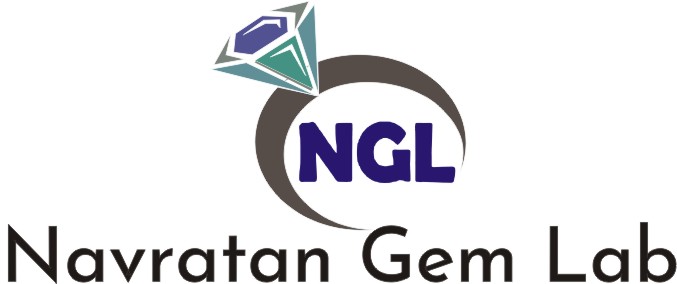Zircon
Zircon is an important gemstone of many colors, and is an historical gemstone used for thousands of years. It is sometimes looked upon as a cheap Diamond simulant, but in actuality it can be a valuable gem. Its color diversity is caused by traces of certain impurities, some of which are radioactive. Zircon gemstones containing radioactive element traces undergo a process called metamiction, in which their inner crystal structure becomes destroyed. These radioactive forms of Zircon must be heated to stabilize them for use as gems. In fact, many of the gem forms of zircon (even those that are not radioactive) are heat treated to enhance color and increase transparency.
| Chemical Formula | ZrSiO4 |
| Color | White, Colorless, Blue, Red, Green, Yellow, Orange, Brown, Pink, Purple, Gray |
| Hardness | 7.5 |
| Crystal System | Tetragonal |
| Refractive Index | 1.930 - 1.987 |
| SG | 4.6 - 4.8 |
| Transparency | Transparent |
| Double Refraction | .059 |
| Luster | Adamantine |
| Cleavage | 3,2 |
| Mineral Class | Zircon |
Zircon comes closer to resembling Diamond than any other natural gem. Its strong luster and intense fire gives it a real sparkle that is comparable to Diamond. However, its popularity is somewhat diminished by the fact that it is often perceived as an inexpensive Diamond imitation. Colorless Zircon is easily distinguished from Diamond by its strong double refraction and lower hardness.
The brilliant luster and fire of Zircon, combined with its good hardness and range of colors, make it a most desirable gem. However, it does have some undesirable traits. An interesting and strange habit exhibited in only few Zircons is that their color darkens and their luster dulls upon prolonged exposure to sunlight. This effect can be reversed by giving the stones a second heat treatment. Zircon is also prone to cracking and chipping if banged too hard. For this reason, care must also be taken when faceting Zircon gemstones. Another important factor when faceting Zircon is to minimize the appearance of its strong double refraction by cutting along proper angles. Zircons that are not faceted propely can appear blurry, due to strong double refraction.
Zircon is sometimes confused with Cubic Zirconia. Cubic Zirconia, a synthetic, inexpensive Diamond simulant, resembles colorless Zircon and has a similar sounding name. However, the two are entirely separate substances, and have no connection with each other except for the fact that they both contain the element zirconium in their chemical structure.
Sources:
Zircon sources include Cambodia, Burma (Myanmar), Sri Lanka (Ceylon), Australia, Tanzania, Mozambique, Madagascar, Nigeria, Pakistan, and Afghanistan.
